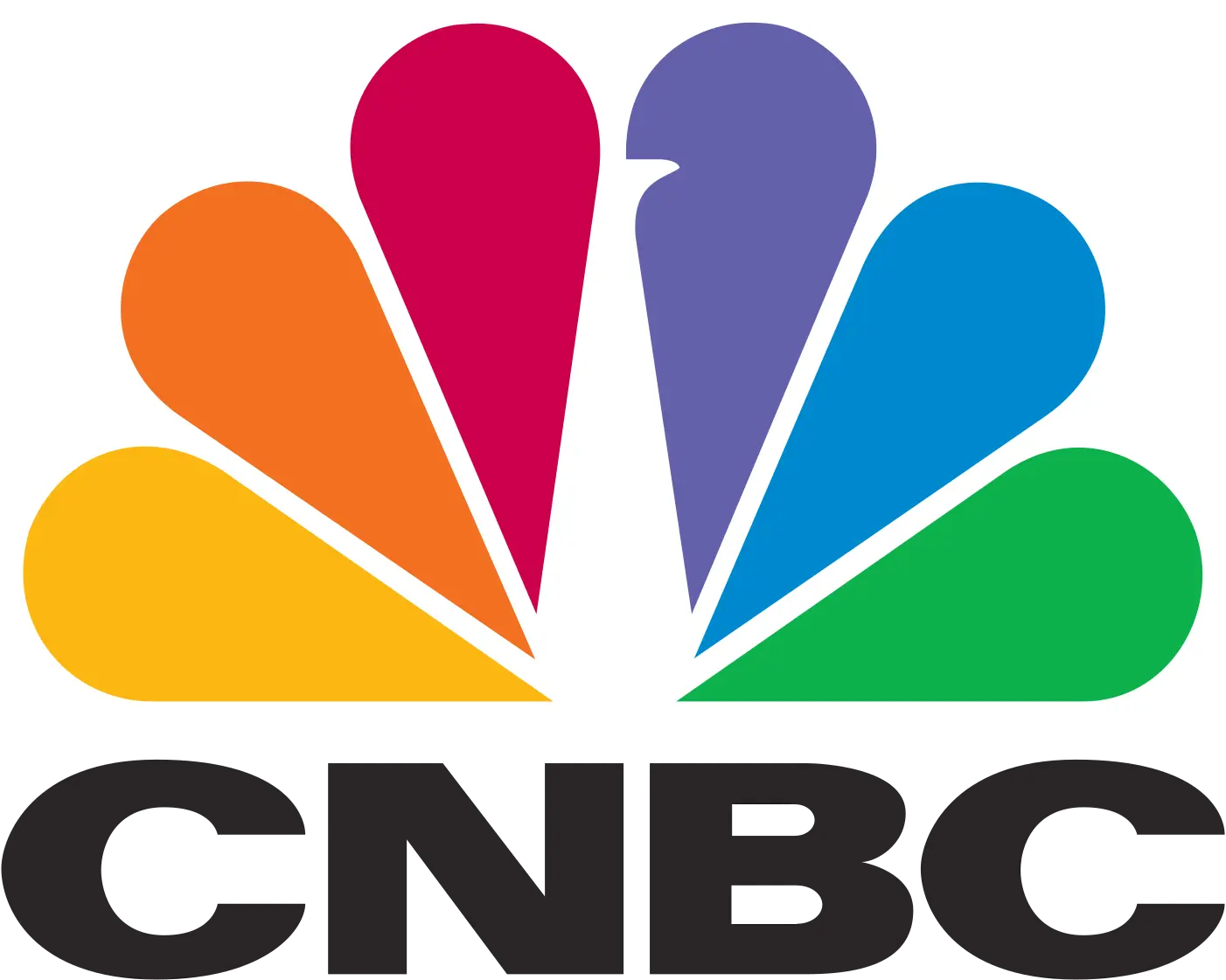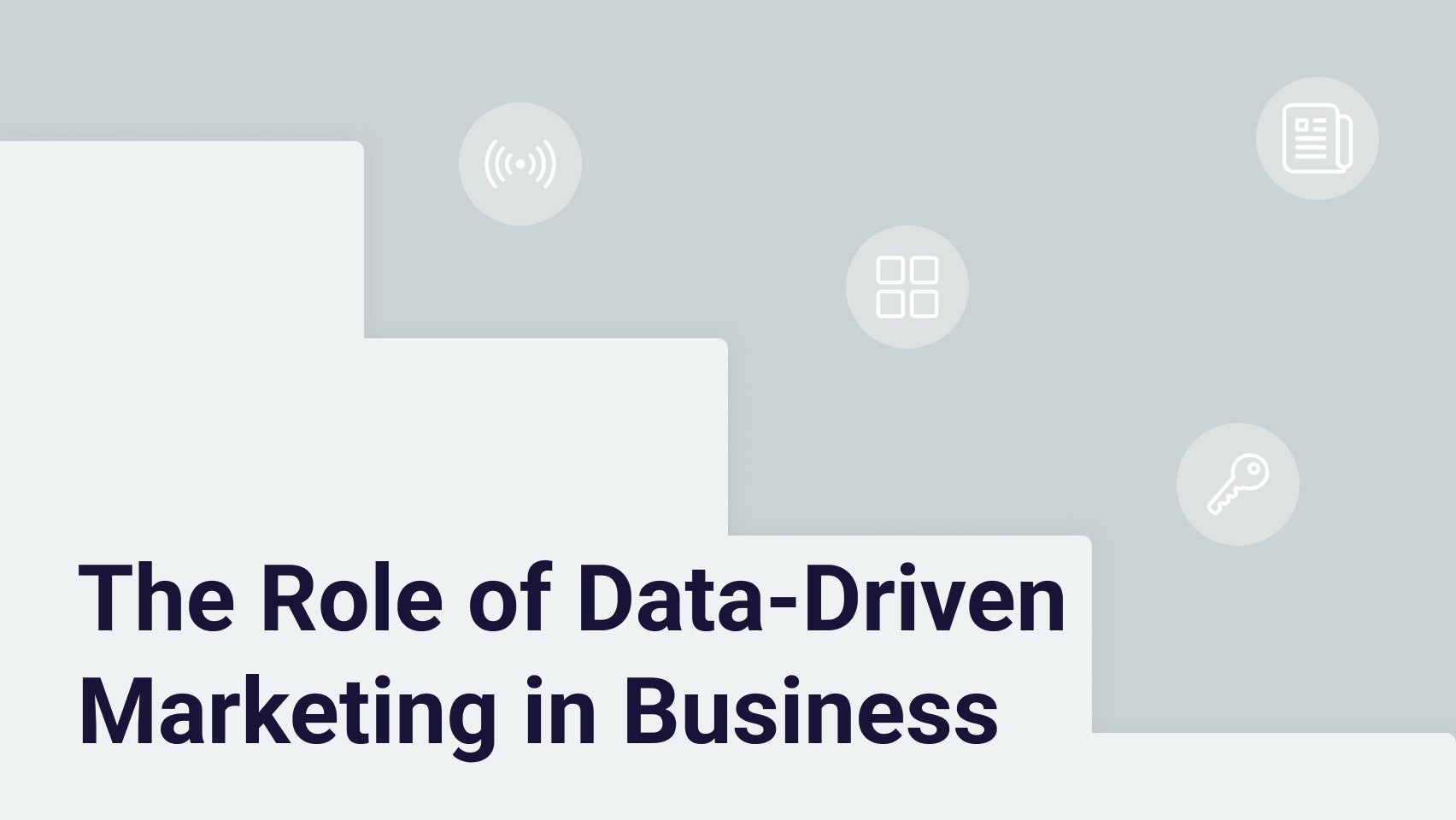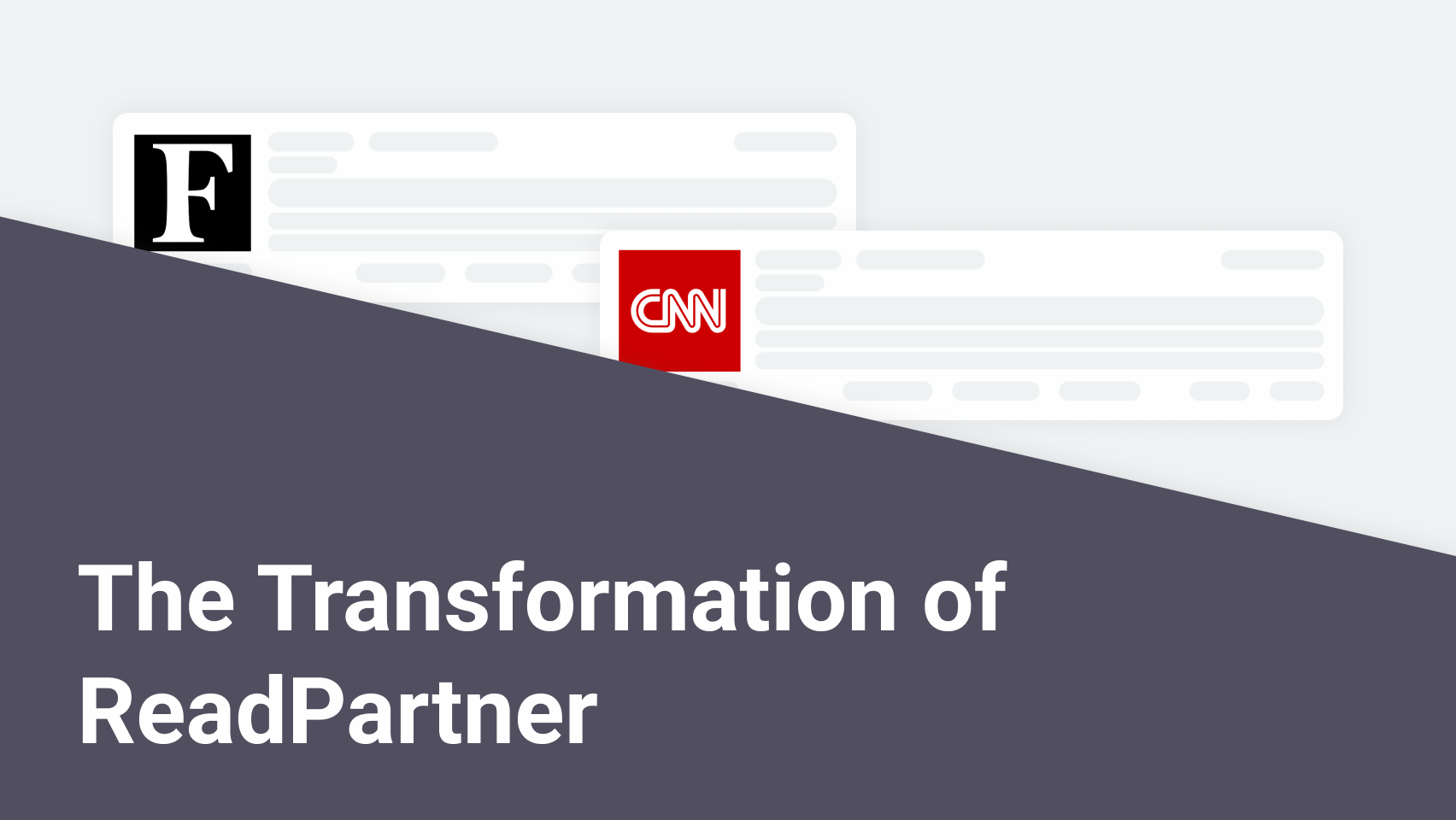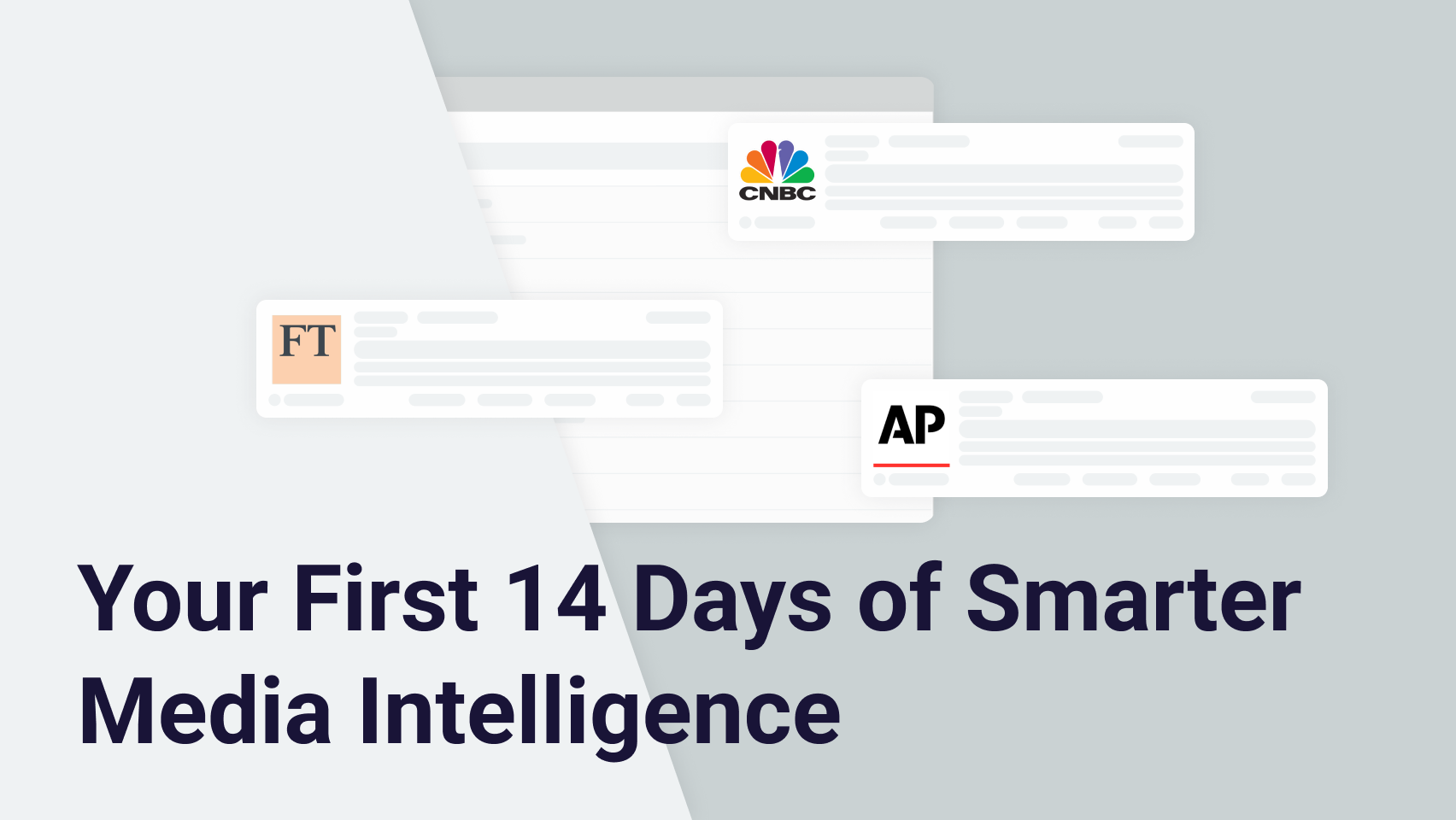How Media Monitoring Helps Manage Brand Reputation
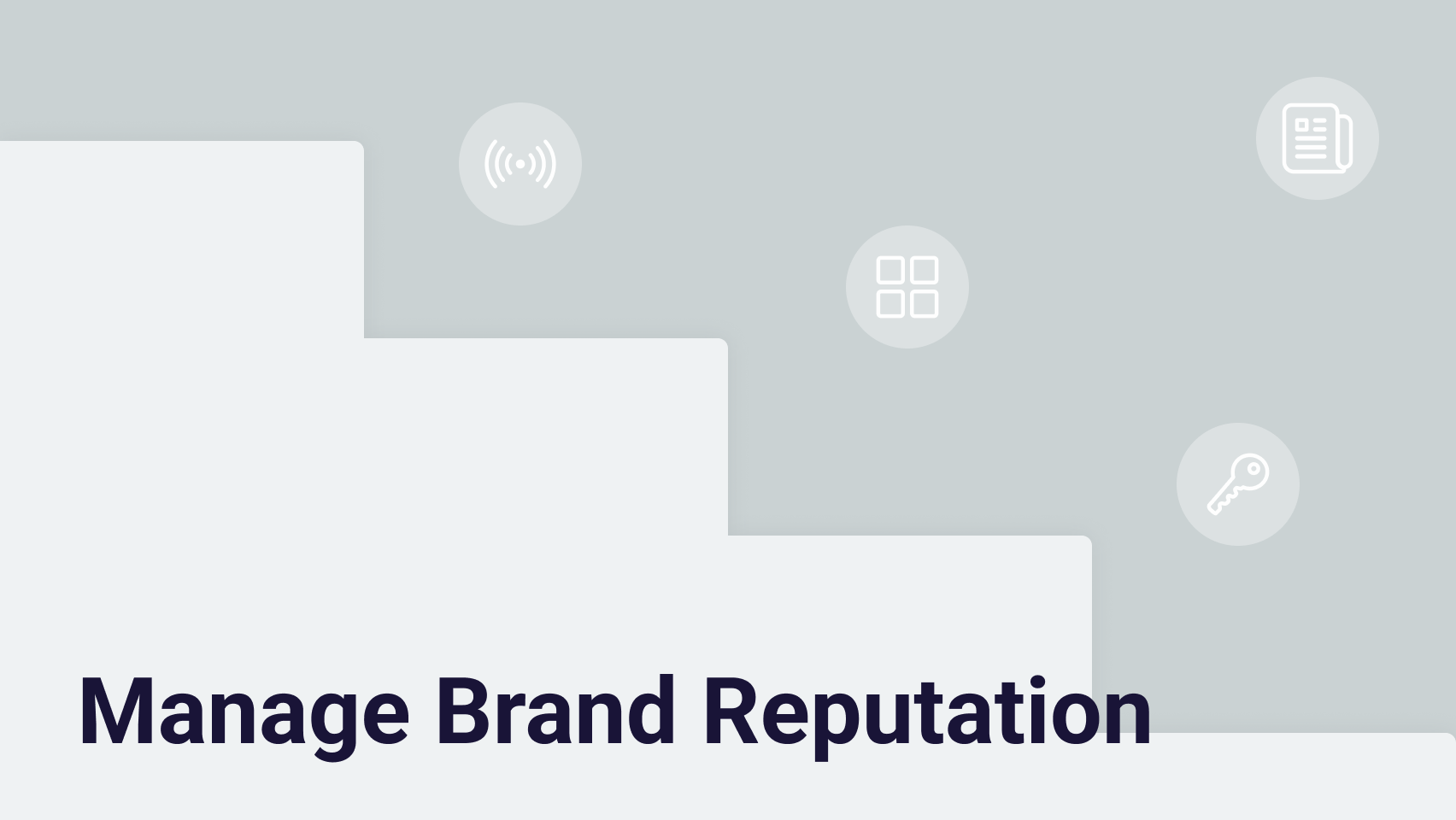
The digital age has made sharing information extremely easy and convenient. News outlets constantly report on businesses and their products, and customers share their experiences and reviews. Because there is such an abundance of information just a quick search away, many customers research companies and products before making a purchase.
This means that one of the major factors that affect a business’s success is its reputation. What is said about the company in the online space, both in the news and on social media, has a profound effect on people’s perception of the company. And what people think about the company is, in turn, going to affect if they are willing to engage with or spend with the business.
What is brand reputation management
Brand reputation management is, essentially, an attempt to leverage the media space to improve the public image of the company in order to enhance customer opinion, loyalty, and engagement, and become more appealing to potential customers.
It involves actively shaping what people think about your brand by influencing, responding, and engaging with people across various channels. Here are the key components of effective brand and reputation management, which can be used as a rough reputation management guide:
1. Monitoring
The first, foundational component is media monitoring. This should come as no surprise as managing reputation is impossible without knowing what is happening with it. What you know affects what you can leverage and influence, and all other components of reputation management depend on you having accurate knowledge of the media climate you exist in.
The key detail with monitoring is timing. The earlier you learn of a development, the quicker you can respond, and the more effectively you can manage the situation, be that customer engagement or damage control.
2. Responding
Engaging with both positive and negative feedback is an effective tactic in shaping the public perception of your brand. It allows you both to reinforce loyalty and amplify positive word of mouth, as well as diffuse negative situations, showing care and transparency.
3. Promoting positive content
Publishing press releases, case studies, social media content, and blog posts plays a big role in making your brand known, but at the same time, it affects what people think and how they feel about your brand. The importance of quality and style is undeniable here – as much as making sure you monitor how people react to your content. This will give you valuable insight into what direction to take and what to adjust with your publications.
4. Crisis management
Crises are not something anyone wants, but it is something that is likely to happen at one point or another. Often, the spark that ignites the fire is difficult to predict, and while crisis prevention is important, there is no guarantee that you won’t have to manage one.
The key element here is again, catching the signs of a brewing crisis as early as possible. The less the situation has snowballed, the easier it is going to be to manage and resolve.
5. Encouraging reviews
Encouraging customers to share their positive experiences with your company is highly effective: positive reviews written or recorded by actual customers provide strong social proof that your brand and your products can be trusted.
How can brand reputation be measured
Reputation can seem like something intangible and difficult to measure. It is true in the sense that you cannot measure reputation itself directly, but there are many metrics that can be used to estimate how your brand is perceived.
However, it is worth noting that the specific numbers for these metrics vary from industry to industry and business to business, so there are no universal thresholds on what is a good number and what is not. A good goal to aim for is to have better numbers next month than last, and, of course, compare your numbers to those of your competition.
Some of the most widely adopted measurements include:
Media coverage
Even though social media is getting more and more popular, traditional media still have a strong presence and can influence people's opinions to a high degree. Such media is usually reviewed on more editorial levels, not to mention that it can be used as a source in academic or research contexts, such as papers or encyclopedias. These qualities make it much more prestigious and neutral. Moreover, traditional online and written media carry a significant business impact - enterprise-level buyers, investors, and partners typically value traditional media recognition over social media impact.
To gauge the state of reputation, businesses count mentions in media and analyze the sentiment: is the mention positive, negative, or neutral? The number of mentions will give you a good idea if your brand is growing in popularity or not, and the positive-to-negative coverage ratio will allow you to estimate if your reputation is healthy or not.
Social media sentiment analysis
The idea behind social media sentiment analysis is very similar: by understanding the proportion of positive mentions of your brand online, you can evaluate how your brand is talked about in the public sphere.
It can be argued that by analyzing social media instead of traditional media, certain companies, especially the direct-to-customer brands that rely heavily on their fan bases and community engagement, can get closer to the sentiment source, and to their target audience.
That is why it is important to monitor social media as well for B2C enterprises. Social media sentiment represents things such as reviews, good and bad experiences people have with your brand and products, and spikes in negative sentiment can be a reliable indicator of controversies or serious product issues.
B2B companies typically rely much less on the public opinion, because they do not sell to the public directly, however there are many social media channels that cover B2B segments, and potential business clients may review those as well when deciding on a partner or a provider.
So, if the goal is to have a healthy reputation, it is crucial to try to have as much positive coverage as possible in both traditional and social media.
Share of voice
Another popular metric used is share of voice or SoV. SoV is simply the proportion of your brand's mentions to the total mentions in your category. This is a very basic but nonetheless informative measure of how your brand compares to the competition overall.
Online reviews and ratings
Reviews and ratings can provide a good notion of what the public thinks about your products and services. Getting a handle on it is as easy as checking the review websites that are applicable to your company, such as Google, G2, Yelp, and Trustpilot.
Surveys and customer feedback
Surveys are a great way to get a measurement of whatever the company needs, although they can be difficult and expensive to conduct depending on the survey design. However, there is a very popular metric “NPS”, which gained its popularity for simplicity and effectiveness.
Net Promoter Score is a customer loyalty metric, which is based on a single survey question:
“How likely are you to recommend our product or service to a friend or colleague?”
The participants are asked to respond on a scale from 0 to 10, with 10 being the most likely. To calculate NPS, the answers are split into three categories:
9-10: Promoters. Enthusiastic customers who will keep buying and are likely to refer.
7-8: Passives. Satisfied customers who are not enthusiastic.
0-6: Detractors. Dissatisfied customers who may damage the company’s reputation.
To calculate NPS, we compare the percentage of promoters to the percentage of detractors. This metric shows if, overall, your customers are going to improve your reputation by spreading positive word of mouth or do the opposite.

It is important to note that while NPS is a very useful metric, it cannot cover every aspect of customer loyalty research. As reported by HBR, NPS has its limitations: this metric is broad and does not reflect finer details of how your customers feel and perceive your brand, as the sweeping categorization into promoters and detractors does not account for the subtleties of the human psyche.
The importance of media monitoring
It is evident that most tools and components used to manage reputation depend heavily on the business’s ability to collect information effectively and in a swift manner. By taking time to collect information, a company is risking missing positive interactions and letting negative situations escalate. A proactive position requires up-to-date intelligence on what is happening in the media space.
This is where media monitoring tools like ReadPartner can be invaluable. They automate the process of news collection and sentiment analysis, freeing many work hours for the company to spend on what matters most. Instead of having to drudge through countless sources manually, a team simply opens their media monitoring workspace where all the information they need is collected and organized into convenient news feeds.
Another important edge media monitoring tools provide is timing. These tools track and scan news outlets, social media, blogs, and forums in real time, bringing it all to the users faster than humanly possible, enabling businesses to have a proactive position on their brand reputation management. And real-time sentiment analysis across both social and traditional media brings in the ability to understand the public attitude on the spot.
Because of the ability of media monitoring tools to scan large amounts of live information, they are also uniquely suited to aid with PR and other crisis prevention. These tools do not miss news due to a lack of focus or forgetfulness. You will instantly receive updates when your brand is mentioned, which allows immediate response before the situation escalates.
5 tips on how to build brand reputation effectively with ReadPartner
1. Set up keywords to monitor brand mentions and stay informed about recent news in your industry
Create custom news feeds that show news based on keywords you choose. This will allow you to monitor your brand’s mentions across the Internet and stay up to date on your brand coverage. ReadPartner will help you catch both mainstream and niche media before they go viral.
2. Set up automated email news briefings for your team members
Automated Internal Newsletters sent out to your team members deliver clear and concise news digests on a regular, configurable basis. This will help you keep internal teams aligned, making sure that your marketing, PR, and leadership all have the same clear understanding of the current situation.
3. Gauge public reaction to products and trends using AI-powered sentiment analysis
ReadPartner’s AI model scans news and social media updates delivered to you and marks them as positive, neutral, or negative, visualizing sentiment data over time for you. With this feature, you can spot public mood shifts early, enabling you to make fast, informed decisions.
4. Analyze rising trends across your news collections to anticipate issues and reputation-building opportunities
With ReadPartner’s analytics suite, you can see how the public opinions change over time. An ongoing topic’s rise or decline in popularity can indicate both possible issues and opportunities. If there is a steady increase in sustainability mentions, for example, your company can capitalize on that and adopt sustainable practices in order to build brand reputation.
5. Monitor mentions of your competitors across traditional and social media platforms
Not only can you get up-to-date intelligence on your competition, but you can also find out how the public reacts to their products and developments. Their wins and missteps can serve you, giving you knowledge on how to behave and how to position yourself to make sure you win, and win strong.
How to get started with ReadPartner
- Signing up
The first step is to request a demo on https://readpartner.com/request-demo. ReadPartner’s professionals will showcase our platform in action, let you get acquainted with its functionality, and tailor our media monitoring solution to your business use case.
- Entering your first keyword
To start monitoring updates, you first need to create a project and enter a keyword. Keywords allow you to monitor topics, competitors, public figures, and regulators, while filtering out all the irrelevant information that can cause clutter and reduce clarity. Keywords are monitored across both traditional and social media.
- Creating Internal Newsletters
You can create automated news digests for your team with this feature. Choose what topics you want to be included in these digests, how often you want them to be sent out, and at what time. ReadPartner will generate each digest automatically, and include a summary that helps your team quickly grasp the latest developments.
- Exploring ReadPartner’s toolkit
ReadPartner offers a comprehensive analytics suite that lets you analyze news and posts at large scales to discover trends and patterns as soon as they appear. It includes other tools suitable for different departments, such as Author Finder. This tool is invaluable for PR professionals, as it allows them to find influential journalists and study their publishing patterns, equipping themselves with all the information to establish relationships and pitch stories effectively.
Once you have the monitoring system configured to your needs, you will be able to see how real-time news and social media updates present opportunities for your brand’s reputation management. Media monitoring makes brand and reputation management less of a challenge and more of a competitive advantage.
FAQ
Conclusion
Countless conversations across news and the internet at large constantly shape the perception of your brand, and media monitoring is a tool that allows you to keep up with it by automating intelligence gathering.
ReadPartner empowers businesses to stay on top of the constant changes in the media space and to stay ahead of the competition. Whether it is responding to customer reviews and feedback, monitoring competition, or preparing for potential crises, organized and timely information gathered from across the media are essential to protect and strengthen your public image.
References
- “The one number you need to grow” by HBR:
https://hbr.org/2003/12/the-one-number-you-need-to-grow
- “Explaining NPS” by The University of Arizona
https://crh.arizona.edu/sites/default/files/2022-07/ExplainingNPS.pdf
- “Where Net Promoter Score Goes Wrong” by HBR
https://hbr.org/2019/10/where-net-promoter-score-goes-wrong
Stay ahead of media





